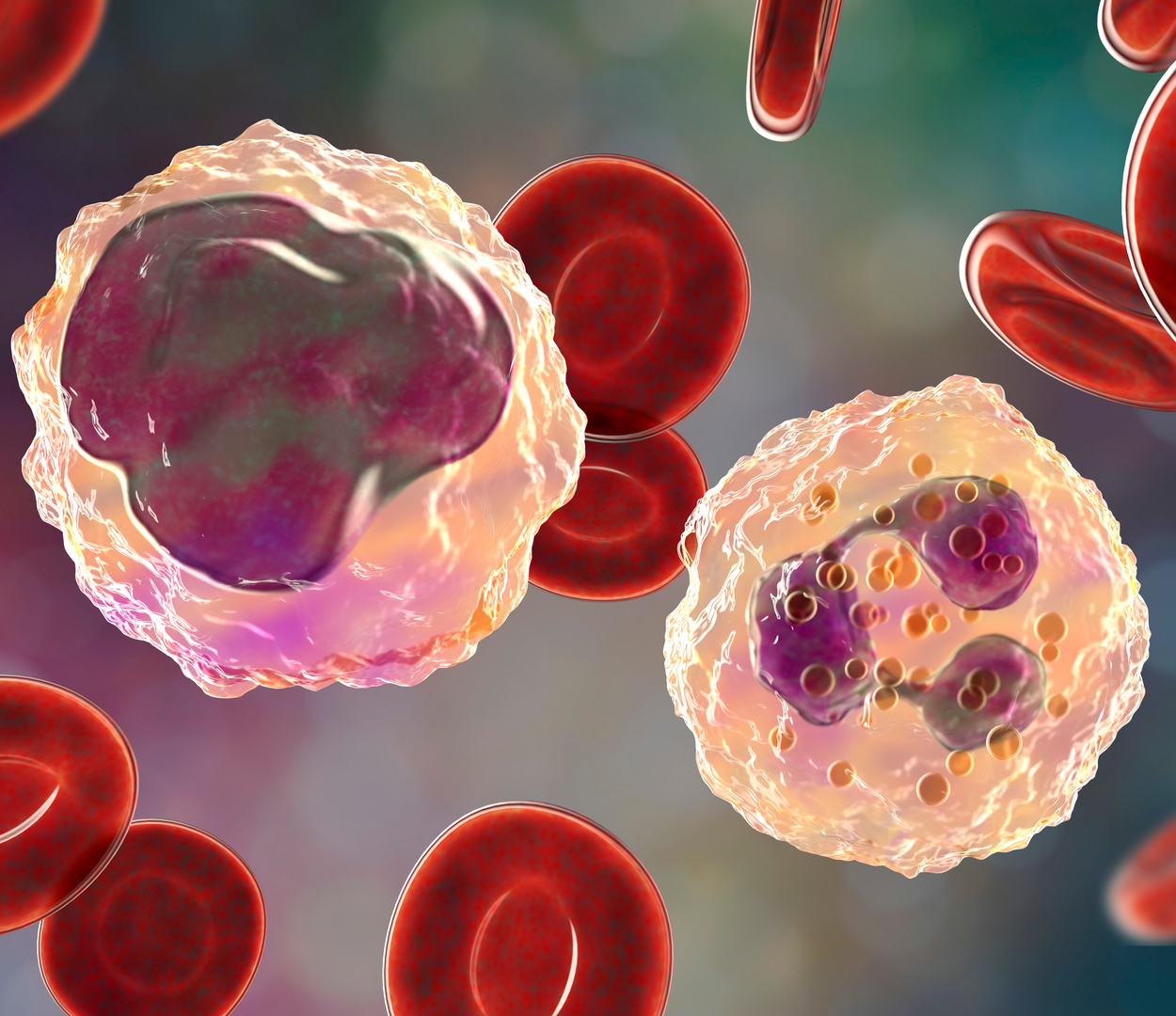Neutrophil extracellular traps released by neutrophils impair revascularization and vascular remodeling after stroke
Authors: Lijing Kang, Huilin Yu, Xing Yang, Yuanbo Zhu, Xiaofei Bai, Ranran Wang, Yongliang Cao, Haochen Xu, Haiyu Luo, Lu Lu, Mei-Juan Shi, Yujing Tian, Wenying Fan & Bing-Qiao Zhao
Abstract Neovascularization and vascular remodeling are functionally important for brain repair after stroke. We show that neutrophils accumulate in the peri-infarct cortex during all stages of ischemic stroke. Neutrophils producing intravascular and intraparenchymal neutrophil extracellular traps (NETs) peak at 3-5 days. Neutrophil depletion reduces blood-brain barrier (BBB) breakdown and enhances neovascularization at 14 days. Peptidylarginine deiminase 4 (PAD4), an enzyme essential for NET formation, is upregulated in peri-ischemic brains. Overexpression of PAD4 induces an increase in NET formation that is accompanied by reduced neovascularization and increased BBB damage. Disruption of NETs by DNase 1 and inhibition of NET formation by genetic ablation or pharmacologic inhibition of PAD increases neovascularization and vascular repair and improves functional recovery. Furthermore, PAD inhibition reduces stroke-induced STING-mediated production of IFN-β, and STING knockdown and IFN receptor-neutralizing antibody treatment reduces BBB breakdown and increases vascular plasticity. Collectively, our results indicate that NET release impairs vascular remodeling during stroke recovery.Reference: Kang, L., Yu, H., Yang, X. et al. Neutrophil extracellular traps released by neutrophils impair revascularization and vascular remodeling after stroke. Nat Commun 11, 2488 (2020). Retrieved from https://www.nature.com/ncomms/
Product Highlights:
The authors used Bio X Cell's anti-mouse Ly6G (Clone: 1A8), anti-mouse IFNAR-1 (Clone: MAR1-5A3), and mouse IgG isotype control (Clone: MOPC-21) in this research study.

